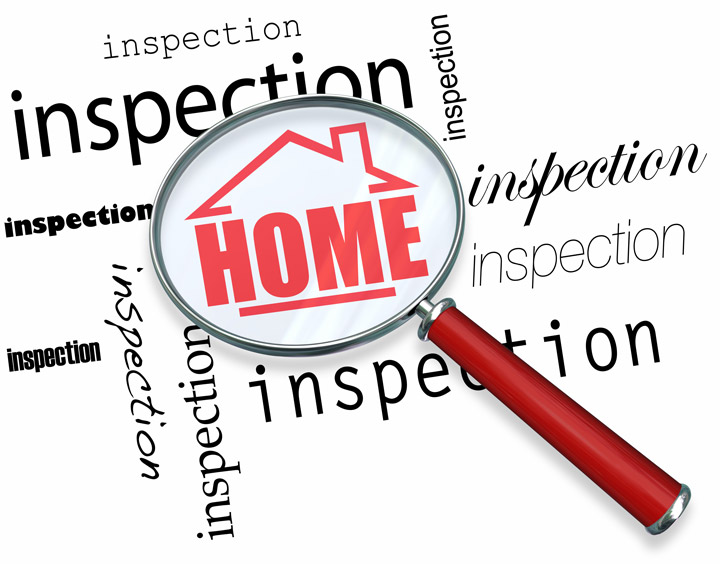
What Are the Components of an Appraisal?Buying a home is the most important transaction many people might ever consider. It doesn't matter if a main residence, an additional vacation home or one of many rentals, the purchase of real property is a complex financial transaction that requires multiple parties to make it all happen. Most of the participants are very familiar. The real estate agent is the most known face in the exchange. Then, the mortgage company provides the money necessary to bankroll the transaction. The title company sees to it that all aspects of the sale are completed and that the title is clear to pass from the seller to the purchaser. So, what party is responsible for making sure the real estate is worth the amount being paid? In comes the appraiser. We provide an unbiased opinion of what a buyer might expect to pay — or a seller receive — for a property, where both buyer and seller are informed parties. A licensed, certified, professional appraiser from W.F. Smith Company will ensure, you as an interested party, are informed. The inspection is where an appraisal beginsTo determine an accurate status of the property, it's our responsibility to first complete a thorough inspection. We must physically view features, such as the number of bedrooms and bathrooms, the location, amenities, etc., to ensure they truly exist and are in the shape a typical buyer would expect them to be. The inspection often includes a sketch of the property, ensuring the square footage is accurate and illustrating the layout of the property. Most importantly, we look for any obvious features - or defects - that would affect the value of the house. Back at the office, we use two or three approaches to determining the value of the property: a sales comparison, a replacement cost calculation, and an income approach when rental properties are prevalent. 
Cost ApproachHere, we pull information on local building costs, labor rates and other elements to calculate how much it would cost to replace the property being appraised. This estimate commonly sets the maximum on what a property would sell for. It's also the least used predictor of value. 
Paired Sales AnalysisAppraisers get to know the neighborhoods in which they work. They thoroughly understand the value of particular features to the people of that area. Then, the appraiser researches recent sales in the vicinity and finds properties which are 'comparable' to the property in question. By assigning a dollar value to certain items such as square footage, extra bathrooms, hardwood floors, fireplaces or view lots (just to name a few), we add or subtract from each comparable's sales price so that they more accurately portray the features of subject property.
After all differences have been accounted for, the appraiser reconciles the adjusted sales prices of all the comps and then derives an opinion of what the subject could sell for. At W.F. Smith Company, we are experts in knowing the worth of real estate features in Austin and Hays County neighborhoods. The sales comparison approach to value is usually awarded the most weight when an appraisal is for a home purchase. Valuation Using the Income ApproachA third method of valuing a property is sometimes employed when a neighborhood has a measurable number of rental properties. In this scenario, the amount of revenue the real estate produces is factored in with other rents in the area for comparable properties to determine the current value. Arriving at a Value ConclusionCombining information from all approaches, the appraiser is then ready to state an estimated market value for the property in question. The estimate of value on the appraisal report is not necessarily the final sales price even though it is likely the best indication of what a property is worth. There are always mitigating factors such as the seller's desire to get out of the property, urgency or 'bidding wars' that may adjust the final price up or down. But the appraised value is often employed as a guideline for lenders who don't want to loan a buyer more money than they could recover in case they had to sell the property again. Here's what it all boils down to, an appraiser from W.F. Smith Company will help you get the most accurate property value, so you can make the most informed real estate decisions. |